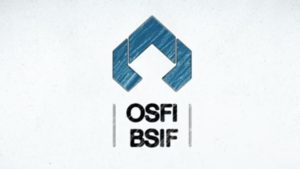3 Hacks to Win a Multiple Offer

Multiple offers are back. Are you prepared?
The market has been heating up over the last three months. We are starting to see multiple offers again. We are starting to see houses going over asking again. Take some time to learn the lessons from the last time the market overheated during the pandemic. This is the key to success to winning a multiple offer.
Hack 1: Borrower pre-approval
Understand that pre-qualification and pre-approval are very different things. A pre-qualification occurs when an employee at the bank asks how much you earn and gives you a number. A pre-approval is more detailed. I will take the time to document your income with letters of employment, paystubs and income tax information. With your consent, I will pull your credit bureau and help you figure out how to minimize your monthly expenses. Typically, lenders offer pre-approvals at slightly higher rates than their current offers. Lenders like to have a little wiggle room in case rates go up before your offer is accepted. However, the pre-approved rate is a ceiling. If rates go down, you’ll get the lower rate.
Hack 2: Property pre-approval
Pre-approval as a buyer is what almost everyone does in today’s market. But buyers are only one part of the mortgage equation. The other portion is the property itself. I can also pre-approve properties. If you send me copies of the listings in which you’re interested, I can vet these properties. I’ll forward the listings to the mortgage default insurers to make sure that there are no red flags on the properties. If it is a property that you really love, consider getting a pre-purchase home inspection. In the last round of multiple offers, many buyers found defects after closing and regretted not having a home inspection condition.
Hack 3: Write the seller
In the era of multiple offers, the steps above will help distinguish your offer from those of others. It will demonstrate to the seller that even without conditions your offer is likely to proceed. However, that’s what everyone else is doing. To distinguish your offer from everyone else’s, consider adding a personal letter. The one thing that you and the seller have in common are your hopes and dreams for the property. Some sellers ignore these letters, but a surprising number of sellers weigh these letters heavily. They have grown to care for their neighbours. Many want to make sure that their legacy is selling their house to someone that will continue to add value to the community. Some sellers will consider lesser offers because of these letters.
In conclusion, do not rush the home buying process. Multiple offer situations encourage people to sometimes make quick decisions. If you have your ducks lined up properly, you can make an offer confidently, with an increased chance of success.
I can be reached at: bturner@nextdayapprovals.ca or 249-353-3278.

